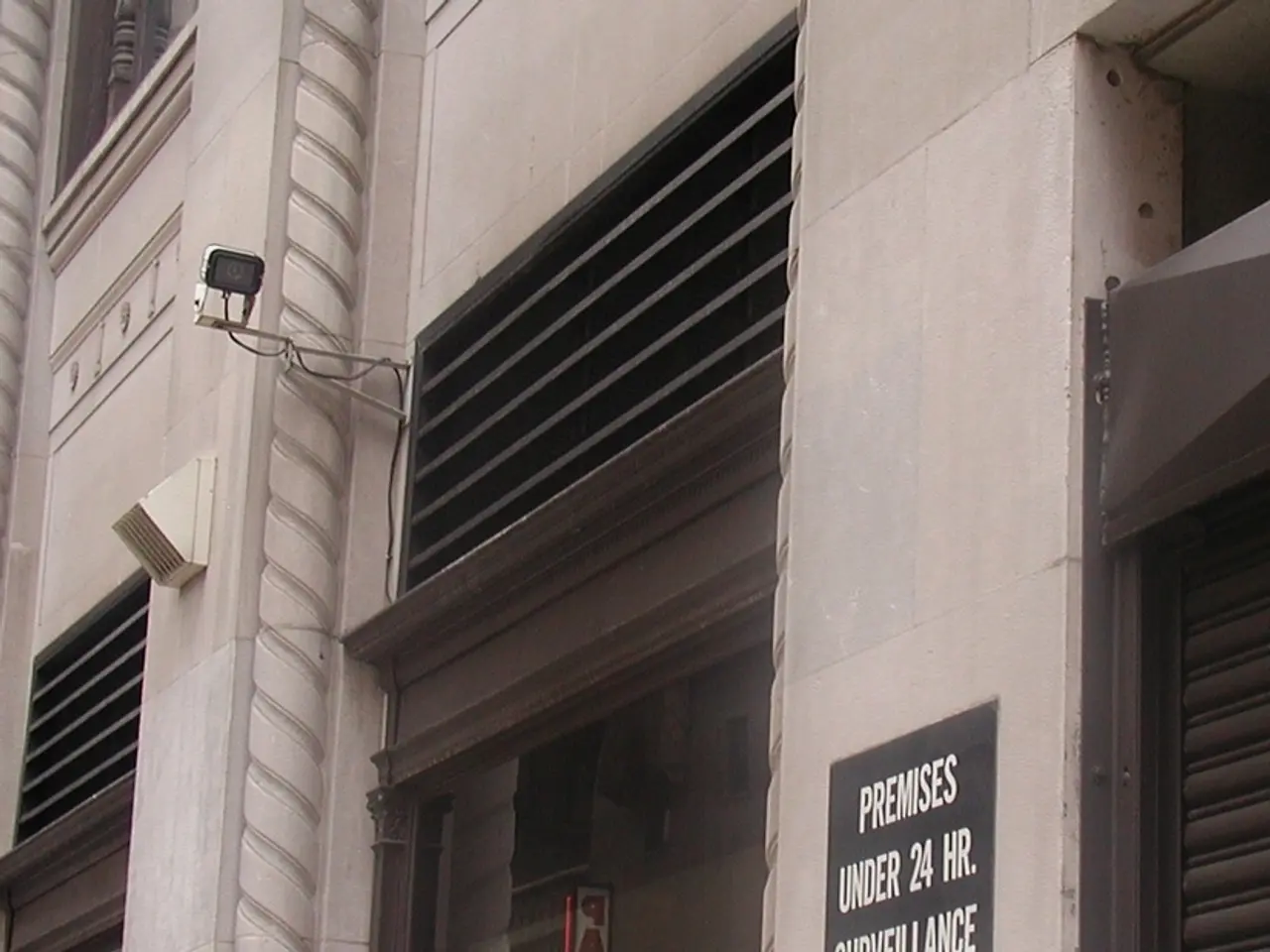Recent Safety Compliance Issues with Air India
Airline Authority Issues Warnings on Systematic Safety Failures Following Deadly Boeing Mishap (Regarding Air India)
Air India is facing intense scrutiny from India's aviation regulator, the Directorate General of Civil Aviation (DGCA), following a fatal crash in Ahmedabad last month and subsequent self-disclosures of safety lapses by the airline[1][3][4]. Government notices dated July 23, 2025, have outlined significant and recurring systemic failures in Air India’s compliance with safety standards, particularly focusing on crew fatigue management and training protocols[1][2][3].
Major Noted Violations
According to the notices, the DGCA cited a total of 29 safety compliance violations spanning both 2024 and 2025, including:
- Pilot rest violations. The DGCA highlighted instances where pilots operated flights without receiving the required weekly rest, directly breaching fatigue management rules[1][4].
- Simulator training lapses. The airline was found deficient in ensuring that all pilots completed mandatory simulator training sessions, which are crucial for safety preparedness[1][2][3].
- Insufficient cabin crew on international flights. Some international routes were operated with fewer cabin crew members than required by regulations[1][2][3].
- Lack of training for high-altitude airports. One example involved a pilot operating a flight from Kathmandu—a mountainous, high-altitude airport—without the special training required for such environments[4].
- Delayed operational readiness post-training. In 2023, two pilots were cited for not commencing flying duties within the stipulated period after completing simulator training[4].
Systemic and Persistent Issues
The DGCA specifically criticized Air India for recurring and unresolved “systemic issues” in compliance monitoring, crew planning, and training governance, despite past warnings and enforcement actions[1][2][3]. The notices state:
“Despite repeated warning and enforcement action of non-compliance in the past, systemic issues related to compliance monitoring, crew planning, and training governance remain unresolved.”[1][2][3]
The regulator emphasized that the recurrence of such violations signals a failure to establish and enforce effective control mechanisms within the airline[2][3].
Context and Regulatory Response
The regulatory scrutiny intensified following the fatal crash of an Air India Boeing 787 in Ahmedabad, which killed 260 people and is the world’s deadliest aviation accident in a decade[1][2]. The airline voluntarily reported the compliance lapses to the DGCA just days after the accident[1][3].
The DGCA has warned that enforcement action could include fines or the removal of executives from their positions if the lapses are not addressed[1][3]. The notices were sent to top Air India officials, including directors of flight operations and training[4].
Air India has stated that it remains committed to safety and will respond to the regulator’s concerns[2][3]. However, the airline’s track record shows ongoing challenges: Indian authorities reported Air India has received nine safety warnings in the past six months alone, and the European Union Aviation Safety Agency is separately investigating Air India Express for delayed maintenance actions[4].
Summary Table: Key Safety Compliance Issues
| Violation Type | Example/Description | Regulatory Action Threatened | |-------------------------------|-----------------------------------------------------------|--------------------------------------| | Pilot rest violations | Weekly rest rules breached | Fines, potential executive removal | | Simulator training lapses | Pilots not completing required simulator sessions | Increased oversight | | Insufficient cabin crew | International flights with fewer crew than required | Enforcement notices | | High-altitude training | Pilots operating at high-altitude airports untrained | Regulatory action, training mandates | | Training-to-ops delay | Pilots not flying within required time after training | Compliance review |
Conclusion
Air India faces serious, ongoing safety compliance issues centered on crew fatigue management, simulator and high-altitude training, and international cabin crew staffing—problems the DGCA describes as systematic and unresolved despite repeated warnings[1][2][3]. The airline’s voluntary disclosures and the regulator’s warnings follow a catastrophic crash, intensifying public and regulatory scrutiny of Air India’s safety culture and operational governance[1][3][4].
The intensified regulatory scrutiny of Air India extends beyond the aviation sector, as the finance sector [1] and general news [2] weigh in on the airline's safety issues. The political sphere [3] is also taking notice, with concerns about the management and governance of the industry rising. The recurring safety compliance violations by Air India, such as pilot rest violations and inadequate training, have raised questions about the airline's commitment to safety in the broader transportation industry.








